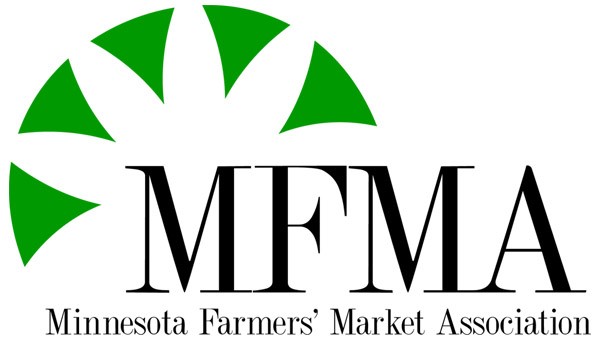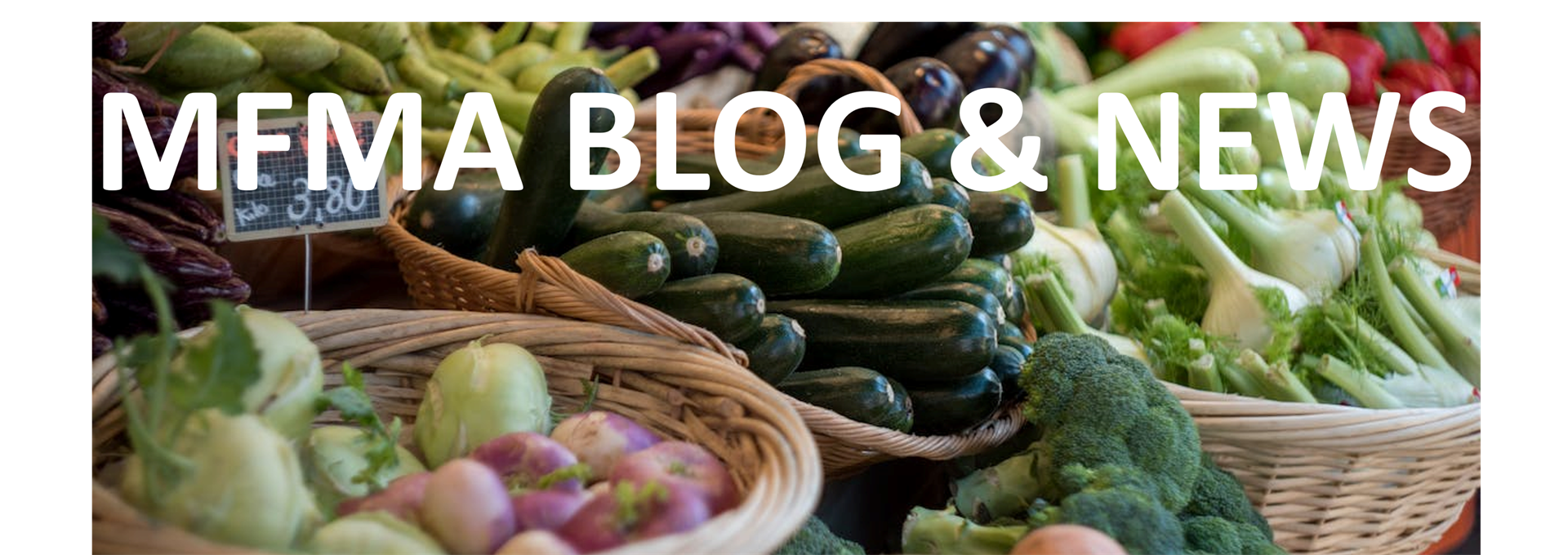|
May Here's a delicious recipe for an Asian Pasta Salad using green bean curly pasta, asparagus, bok choy, green onion, red bell pepper, peanuts, and wonton crisps. This salad is light, crunchy, and packed with vibrant flavors. Asian Pasta Salad Salad: - 8 oz green bean curly pasta (or any pasta of your choice) - 1 bunch skinny long asparagus, trimmed and cut into 2-inch pieces - 1 medium bok choy, chopped - 3 green onions, thinly sliced - 1 red bell pepper, thinly sliced - 1/2 cup roasted peanuts - 1 cup wonton crisps Dressing: - 1/4 cup soy sauce - 2 tbsp rice vinegar - 1 tbsp sesame oil - 1 tbsp honey or maple syrup - 1 clove garlic, minced - 1 tsp grated ginger - 1 tbsp lime juice - 1 tsp sriracha (optional for spice) - Salt and pepper to taste Instructions: 1. Cook the Pasta: - Cook the green bean curly pasta according to the package instructions. Drain and rinse under cold water to stop the cooking process. Set aside. 2. Blanch the Asparagus: - Bring a pot of salted water to a boil. Add the asparagus pieces and cook for 2-3 minutes until they are bright green and tender-crisp. Drain and rinse under cold water. Set aside. 3. Prepare the Vegetables: - In a large mixing bowl, combine the cooked pasta, blanched asparagus, chopped bok choy, sliced green onions, and sliced red bell pepper. 4. Make the Dressing: - In a small bowl, whisk together the soy sauce, rice vinegar, sesame oil, honey, minced garlic, grated ginger, lime juice, sriracha (if using), salt, and pepper until well combined. 5. Assemble the Salad: - Pour the dressing over the salad ingredients and toss to combine, ensuring everything is evenly coated. 6. Add Crunch and Serve: - Just before serving, sprinkle the roasted peanuts and wonton crisps over the top of the salad. This will keep them crunchy. 7. Garnish (Optional): - For extra flavor and presentation, you can garnish with additional sliced green onions, sesame seeds, or fresh cilantro. Tips: - Storage: If you're making this salad ahead of time, keep the peanuts and wonton crisps separate and add them just before serving to maintain their crunchiness. - Variations: Feel free to add other favorite farmers market seasonal vegetables like shredded carrots, cucumbers, or snap peas. - Protein: For a heartier salad, you can add grilled chicken, shrimp, or tofu. Enjoy your vibrant and delicious Asian Pasta Salad! MarchKSTP MN LIVE - Korean Vegetable Pancakes with Gochujang Honey Sauce.March 27, 2024 |




